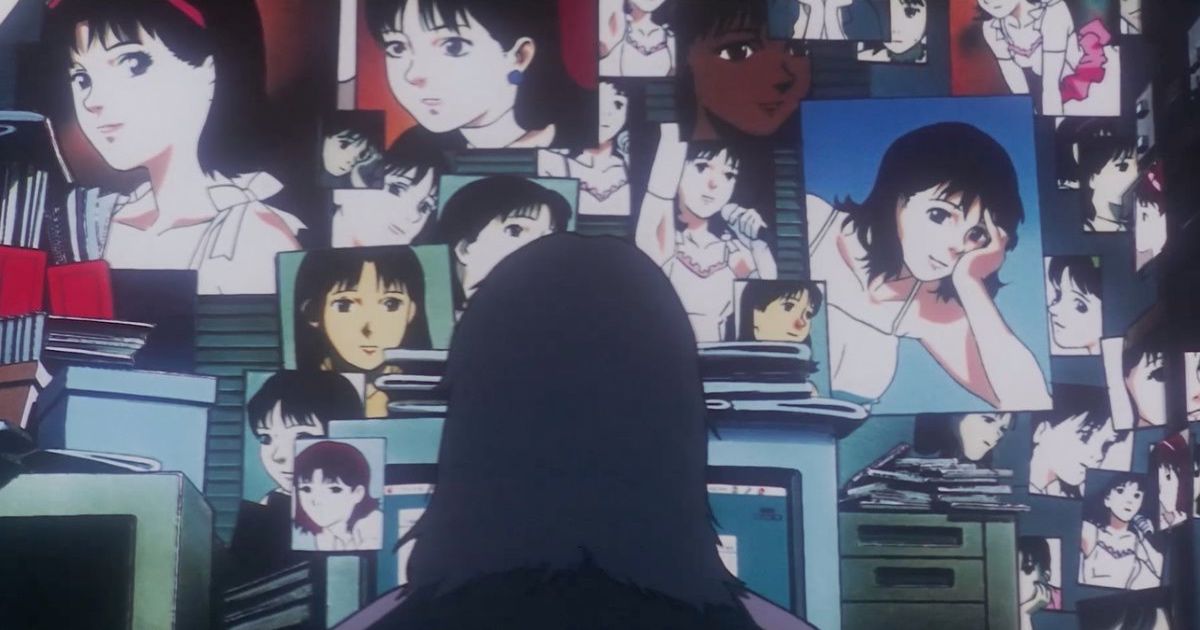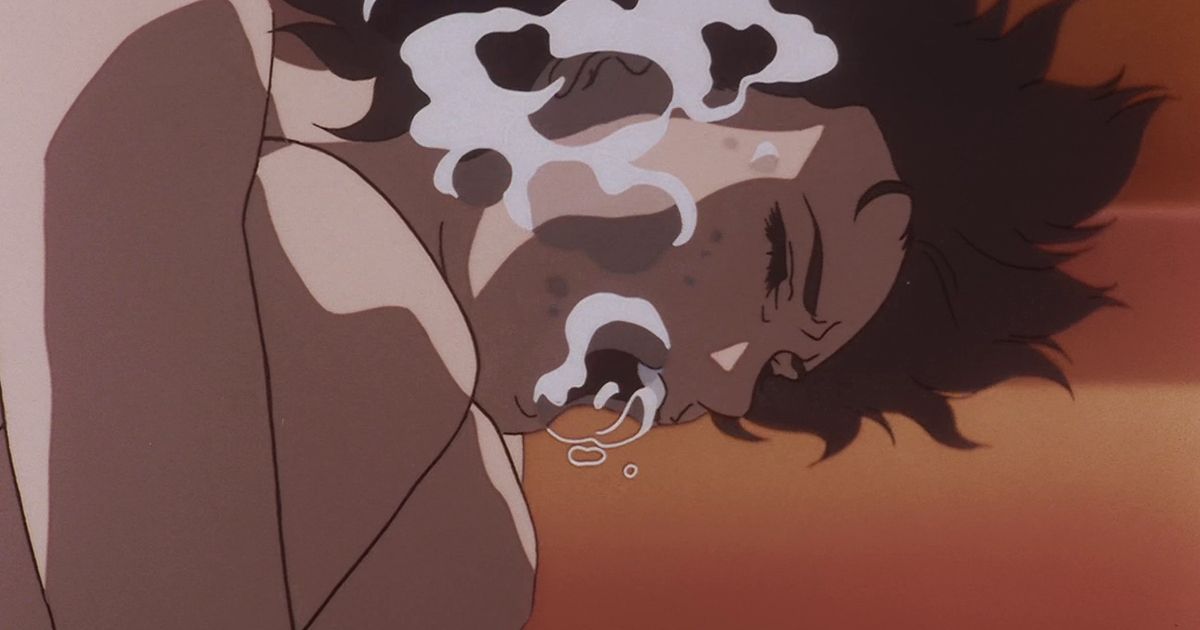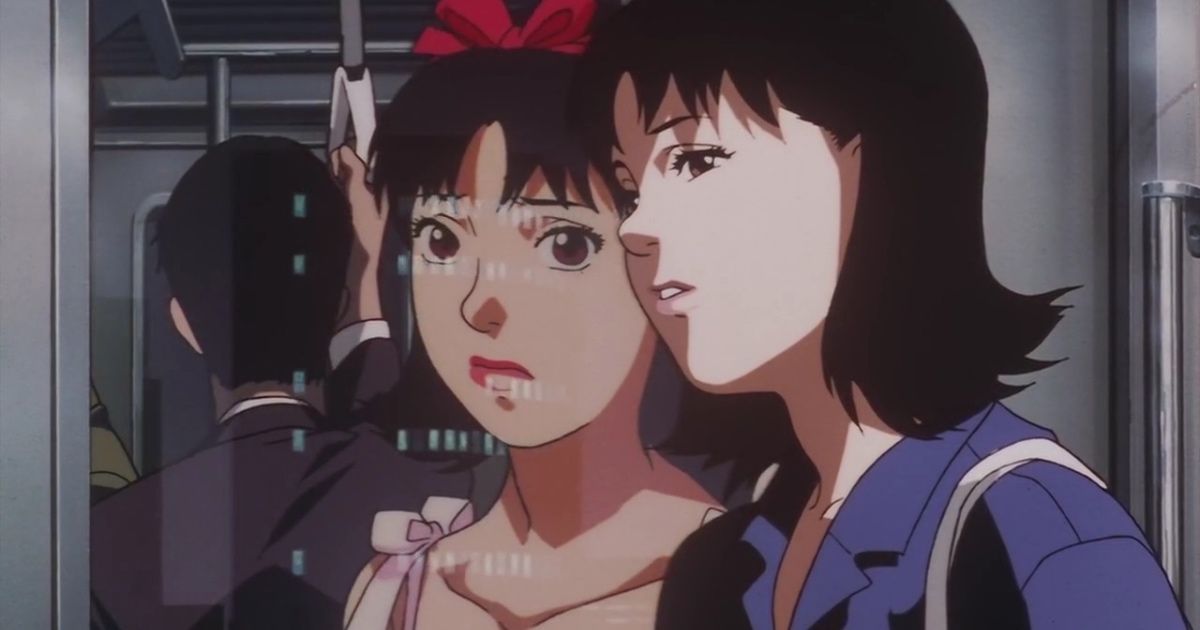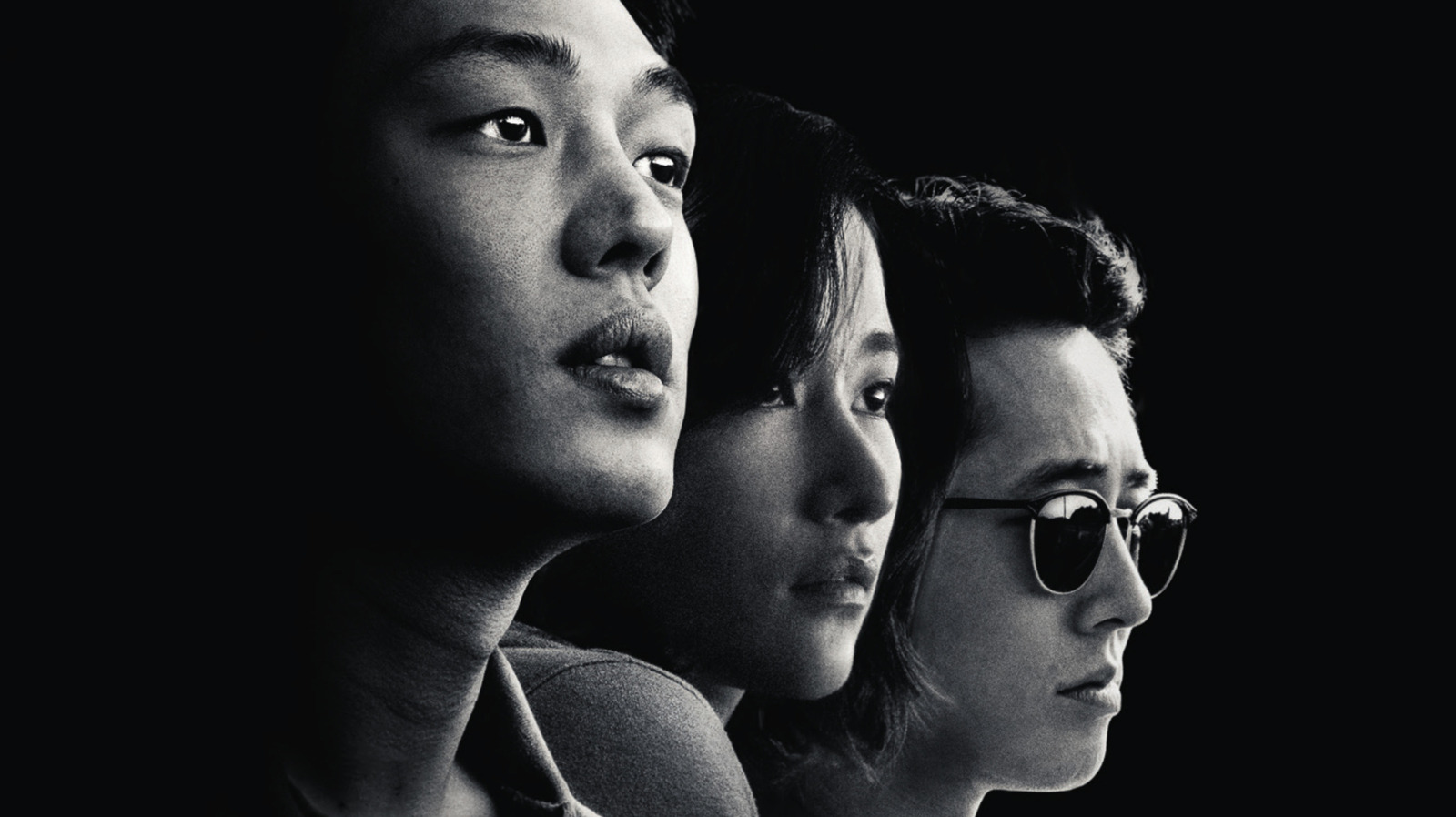#How Perfect Blue Brilliantly Gaslights its Viewers
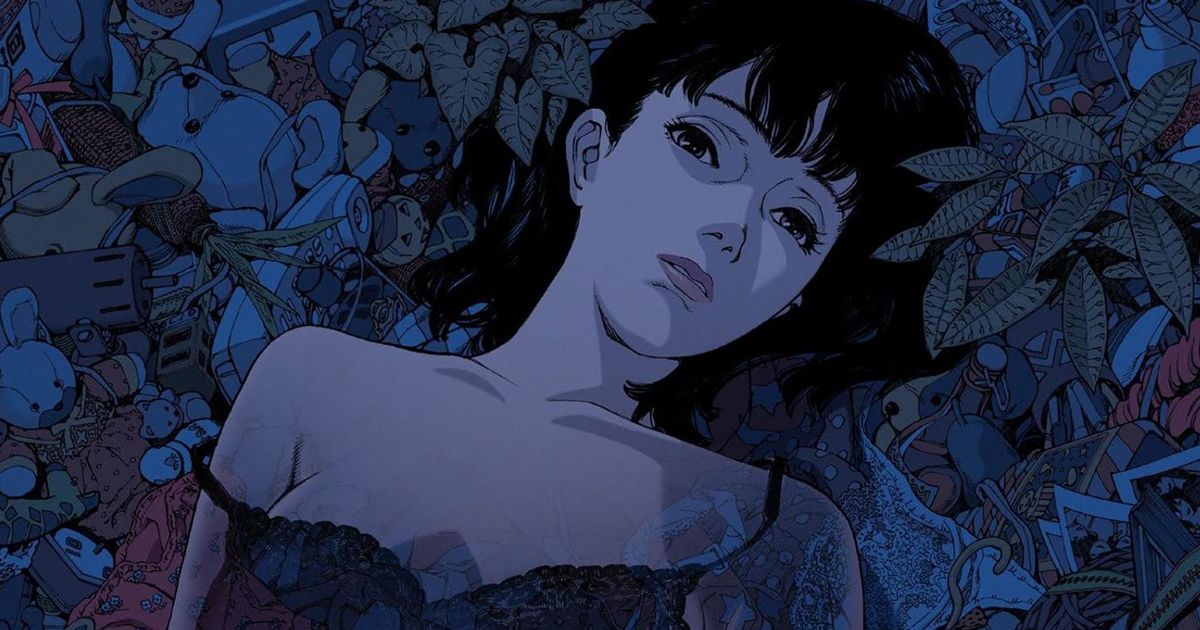
Table of Contents
“How Perfect Blue Brilliantly Gaslights its Viewers”
Perfect Blue Remains an Influential Cinematic Psychosis
Kon’s psychological thriller has become culturally iconic. Darren Aronofsky was blown away by Perfect Blue and even recreated a bathtub scene from it in Requiem for a Dream. Perfect Blue heavily influenced Aronofsky’s Black Swan too. The Japanese film director was embarrassed to see the copied scene and wrote that Aronofsky was paying too much homage – but that’s another story. (For what it’s worth, Kon’s later film Paprika heavily influenced Christopher Nolan’s Inception).
An examination of identity, alienation, and fame, Perfect Blue blurs our ability to distinguish between a complete nightmare and reality. The questions “Who are you?”, “What the hell?”, and “Are you serious?” are repeated like a refrain, appropriate for a film which feels like having a mental breakdown.
Mima, a Doll-like Girl Who Loses Sight Between Reality and Fiction
Based on the Yoshikazu Takeuchi’s novel of the same name, Perfect Blue revolves around Mima Kirigoe, a young J-pop idol, accustomed to smiling along and doing what she’s told, who leaves her successful music trio named CHAM! to begin an acting career. When Mima starts work on a brutally violent TV show called Double Bind that includes a traumatic rape scene and agrees to a provocative photo shoot, the problems start.
In the process of creating her new identity, the girl sets aside her old doll-like image – but it is clear that somebody will do anything to protect that image. Mima becomes a victim of stalking and finds a website called Mima’s Room that includes frighteningly intimate details about her life. Also, she discovers a ghost of her past self that hasn’t given up singing. Madness blends with the script of Mima’s debut role, and people around Mima end up getting murdered. The film goes completely insane and offers plot twist after plot twist.
As Mima asks questions, we ask the same ones. Who is posting things only Mima could know on a website? Is it her obsessed fan Mamoru? What if Mima has developed a multiple personality disorder and writes on an online page without knowing? Is she a real Mima or a fake one? Is she a multiple-personality killer? Maybe there’s someone else. Maybe Mima’s manager and former pop-idol Rumi is an aged Mima. Maybe the world of Double Bind is real and everything else, including her whole J-pop career, is an imagined delusion. Maybe we’re all in Mima’s dream, someone’s hallucination, or a scene from a TV show. The film exists on almost too many levels of reality.
Until the end of Perfect Blue, we simply don’t know what to believe. “It’s the difficulty of figuring it out that is at the core of the film”, Satoshi Kon said. The director believes that it is not the object of the film to distinguish reality from illusion, but rather the area between the two in which the frustration and mystery lies. Perfect Blue focuses on the process by which the victim’s psyche is destroyed. But if we, like Mima, do not know where the reality is, aren’t we also victims of the film?
Perfect Blue is a Truly Traumatic Anime
Watching Perfect Blue is like a descent into madness. “Just the idea of not knowing what’s real anymore and how you can’t even trust your own mind scares me,” one viewer commented on a scene of the film posted on YouTube. “I still don’t know what actually happened,” wrote another viewer on Reddit. There’s even reaction videos of people watching the film for the first time.
Perfect Blue leaves a lot of people disoriented, confused, and disturbed. We can find plenty of straightforward explanations of the film if we want to — but it seems that viewers do not believe these explanations, because the plot of Perfect Blue is rather challenging to decipher, with truth and fantasy constantly blurring into one. It’s almost as if the film convinces you not to believe any common sense explanation, and not to believe yourself.
How Perfect Blue Mimics Gaslighting
Victims of gaslighting can’t tell fact from fiction too. Gaslighting is a manipulative strategy that causes the victims to question their reality. The purpose of this manipulation is to convince someone that he or she can’t trust his or her thoughts, perceptions, feelings, or memories. This is exactly what Perfect Blue does.
The film assaults the viewers with changes of perspective until we question everything and find ourselves in the gaslit, imagined world. “Viewers are too used to being treated kindly, so I’ve broken this pattern deliberately,” Satoshi Kon said. A shaky grasp on reality makes Perfect Blue truly horrific, something even creepier than the film’s graphic violence. There is nothing we can do to prepare ourselves for Perfect Blue, and Satoshi Kon’s debut almost always leaves mental scars.
If you liked the article, do not forget to share it with your friends. Follow us on Google News too, click on the star and choose us from your favorites.
For forums sites go to Forum.BuradaBiliyorum.Com
If you want to read more Like this articles, you can visit our Social Media category.
